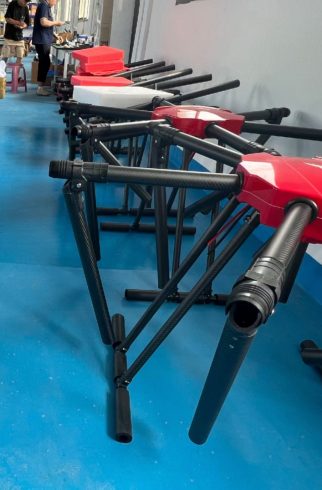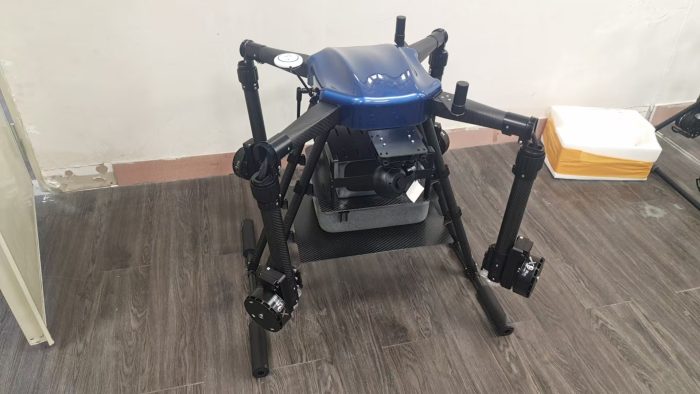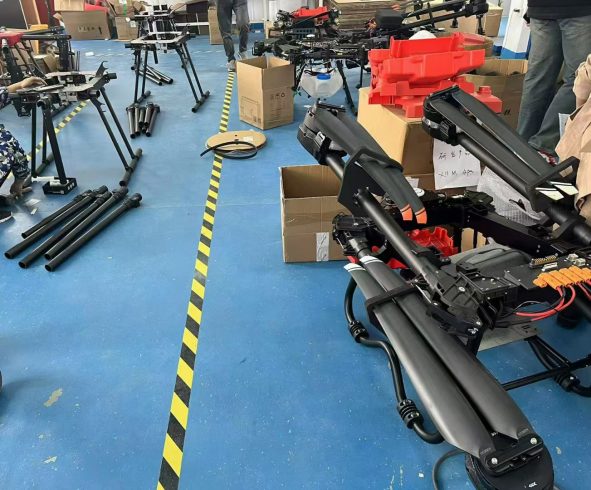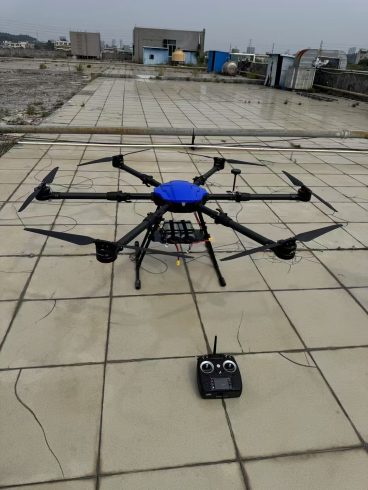![图片[1]-Liquid Tank Capacity in Drone Sprayers: Balancing Efficiency and Precision-msoen](https://www.msoen.com/wp-content/uploads/2025/04/54487bc6d4215007-768x1024.jpg)
Liquid tank capacity is a defining factor in agricultural drone sprayers, directly impacting operational efficiency, flight duration, and spraying accuracy. While larger tanks promise extended coverage, they also introduce trade-offs in weight, agility, and battery life. This article explores how to optimize tank capacity for your farming needs, ensuring you strike the perfect balance between productivity and precision.
Why Tank Capacity Matters
The liquid tank holds pesticides, fertilizers, or herbicides for aerial application. Its size determines:
- Coverage Area: How many acres can be sprayed per flight.
- Flight Time: Heavier tanks drain batteries faster.
- Spray Uniformity: Overloading can destabilize drones, causing uneven distribution.
- Operational Costs: Frequent refills increase labor and downtime.
Common Tank Capacities and Their Applications
- Small Tanks (5–10 Liters)
- Best For: Small farms (<20 acres), orchards, or precision spot treatments.
- Pros: Lightweight, agile, ideal for complex terrains (e.g., vineyards, greenhouses).
- Cons: Frequent refills required; limited to low-volume spraying.
- Medium Tanks (10–20 Liters)
- Best For: Mid-sized farms (20–100 acres), row crops (e.g., soybeans, cotton).
- Pros: Balances coverage and maneuverability; suits most crop types.
- Cons: Moderate battery drain; may struggle in extreme winds.
- Large Tanks (20–40+ Liters)
- Best For: Large-scale operations (>100 acres), broadacre crops (e.g., wheat, rice).
- Pros: Maximizes coverage per flight; reduces refill downtime.
- Cons: Shorter flight times; requires powerful drones to handle weight.
Key Factors Influencing Tank Capacity Choice
- Farm Size and Crop Type
- Small Farms: Opt for 5–15L tanks to prioritize precision over coverage.
- Large Farms: Choose 20–40L tanks for efficiency, but pair with high-capacity batteries.
- Crop Density: Dense crops (e.g., sugarcane) require higher spray volumes, favoring larger tanks.
- Drone Payload and Power
- Payload Limit: Never exceed the drone’s maximum payload (tank + liquid weight).
- Battery Life: Larger tanks reduce flight time; calculate spray rate (L/min) to match battery capacity.
- Chemical Requirements
- Application Rate: Herbicides may need 10–30L/ha, while fungicides often require 5–15L/ha.
- Liquid Viscosity: Thick fertilizers or biopesticides flow slower, requiring optimized tank-nozzle pairing.
- Terrain and Weather
- Sloped or Fragmented Fields: Smaller tanks enhance agility in uneven terrain.
- Windy Conditions: Larger tanks add stability but reduce responsiveness.
The Trade-Offs: Capacity vs. Performance
Factor Small Tanks Large Tanks
Flight Time Longer (30–40 mins) Shorter (15–25 mins)
Coverage per Flight 2–5 acres 10–20 acres
Spray Precision High (adjustable rates) Moderate (fixed rates)
Operational Cost Higher (more refills) Lower (fewer refills)
Versatility Ideal for mixed crops Best for monoculture
Optimizing Tank Usage: Best Practices
- Pre-Flight Calibration:
- Calculate the exact spray volume needed per acre based on crop stage and chemical guidelines.
- Avoid partial fills; uneven weight distribution affects flight stability.
- Smart Refill Strategies:
- Position refill stations centrally to minimize downtime.
- Use quick-connect hoses for faster tank refilling.
- Hybrid Solutions:
- Deploy multiple medium-capacity drones instead of one large unit for better coverage in fragmented fields.
- Maintenance:
- Clean tanks after each use to prevent chemical residue buildup.
- Inspect for cracks or leaks, especially in high-capacity tanks under heavy load.
Future Innovations in Tank Design
- Modular Tanks: Interchangeable tanks that allow operators to switch capacities mid-operation.
- Smart Tanks: IoT-enabled sensors to monitor liquid levels, chemical pH, and temperature in real time.
- Lightweight Materials: Carbon fiber or composite tanks to reduce weight without sacrificing durability.
- Self-Cleaning Systems: Automatic flush mechanisms to minimize downtime between chemical changes.
Conclusion
Choosing the right liquid tank capacity for your drone sprayer is not a one-size-fits-all decision. It requires careful consideration of farm size, crop needs, and operational priorities. Smaller tanks excel in precision and adaptability, while larger tanks drive efficiency in expansive, uniform fields. As drone technology evolves, innovations in modular designs and smart systems will further empower farmers to customize tank capacity for ever-changing agricultural demands.
By aligning tank size with your specific goals, you can maximize spraying efficiency, minimize waste, and ensure every drop of chemical delivers measurable value to your crops












暂无评论内容